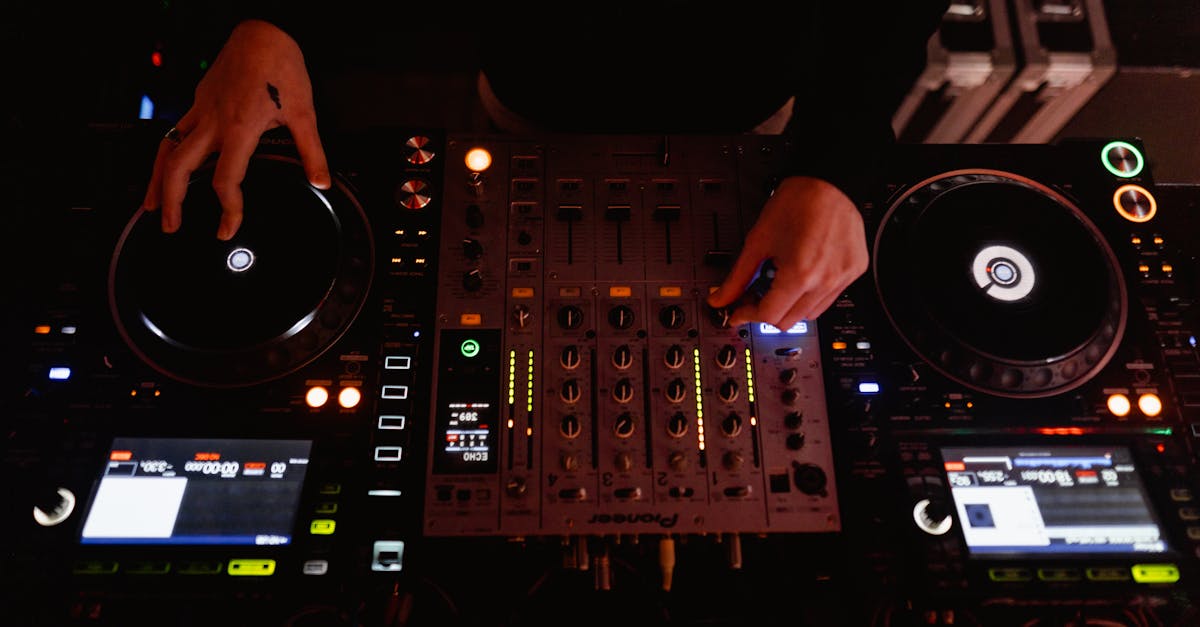World Music Wonders Journey Into Cultural Melodies
Introduction
Music is a universal language that transcends borders, enriching lives and offering a glimpse into diverse cultures. Every corner of the globe has its own distinct musical tradition and rich history that reflects its unique cultural identity. World music, often celebrated for its vibrant tapestry of sounds, melodies, and rhythms, invites listeners on a journey of discovery. How do these sounds evoke emotion, inspire unity, and foster an appreciation for cultural diversity? From the lively beats of African drums to the soul-stirring strings of Asian instruments, world music promises an exploration into the heart of humanity’s creative expression. Amidst the global landscape, this article delves into the intricate world of cultural melodies.
Advertisement
The Melodic Diversity of Africa
African music stands as one of the most rhythmically and sonically diverse. The continent's musical landscape is influenced by indigenous tribes, historical events, and cross-cultural mingling. One can hear the polyrhythmic complexity of West African drumming, central to ceremonial and social gatherings. Instruments like the djembe and kalimba produce sounds that resonate with centuries of tradition. In South Africa, the music of the Zulu people includes vocal harmonies performed in intricate a capella styles, such as isicathamiya, made famous by Ladysmith Black Mambazo. Moreover, Afrobeat, popularized by artists like Fela Kuti, combines traditional African music with jazz and funk, offering a modern twist to ancestral sounds.
Advertisement
The Enchanting Sounds of Asia
Asian music weaves intricate patterns of sound that are both reflective and evocative. The rich tapestry of Indian classical music, divided into Carnatic and Hindustani traditions, employs complex rhythms and scales known as ragas and talas. Instruments such as the sitar, tabla, and veena lend a distinct resonance, while vocal performances convey deep emotion and spiritual devotion. In contrast, traditional Chinese music offers a more pentatonic sound, featuring instruments like the erhu and guzheng. Equally mesmerizing are the gamelan ensembles of Indonesia, which utilize bronze instruments and gongs to create meditative soundscapes. Japanese music, rich in history, combines the ancient sounds of the koto and shamisen with modern elements, reflecting a seamless blend of tradition and innovation.
Advertisement
Europe’s Musical Masterpieces
Europe, with its history steeped in musical innovation, presents a compelling array of sounds. Classical music, a prominent fixture, is rooted in Western traditions but is ever-evolving. The romantic compositions of Beethoven and Mozart still evoke profound emotions today. Meanwhile, the folk traditions of Eastern Europe, such as Bulgarian women’s choirs and Romanian lute music, captivate with their harmonic structures and mythical narratives. The distinct sound of Flamenco from Spain captures both passion and rhythm, combining song, dance, and guitar into an art form full of fervor. The Gaelic melodies of Ireland and Scotland offer haunting beauty, often accompanied by instruments like the bagpipes, tin whistle, and fiddle, conveying stories of love, loss, and celebration.
Advertisement
The Rhythms of the Americas
The Americas boast a musical portfolio that reflects a fusion of cultural influences, from indigenous traditions to colonial legacies. Native American music, rooted in spirituality, uses drums, flutes, and vocals to establish a connection with nature and ancestors. Latin American rhythms like salsa, tango, and samba bring energy to vibrant festivities, each dance style symbolizing regional traditions. The Caribbean is abuzz with reggae and calypso, whose catchy rhythms have reached audiences around the globe. In North America, jazz and blues emerged as defining art forms, narrating stories of socio-cultural change and personal struggle. More contemporary sounds like hip-hop and country music continue to reflect the diverse narratives of American life.
Advertisement
The Middle East's Rich Musical Heritage
Middle Eastern music is known for its complex scales and emotive soundscapes. The deeply evocative tones of the Arabic oud and the Persian santur offer listeners an intimate musical experience. Traditional compositions often employ complex maqams—similar to the Western mode but more intricate—evoking specific emotions. Music is an integral part of social and religious life in the region. For instance, the Egyptian tarab tradition is a genre where musicians strive to reach a state of ecstasy through their performances. From Turkey to Iran, traditional music continues to evolve while maintaining its centuries-old traditions, offering listeners a sense of both nostalgia and exploration.
Advertisement
The Vibrant Oceania Sounds
Oceania, comprising Australia, New Zealand, and the Pacific Islands, presents a diverse musical landscape. Indigenous Australian music emphasizes the didgeridoo, regarded as one of the world's oldest manufactured instruments. The sound is both primal and hypnotic, offering an auditory window into Aboriginal folklore and spiritual life. In New Zealand, the Maori people's haka, a traditional war dance accompanied by chanting, expresses group identity and pride. Pacific Islands music, from Hawaii's slack-key guitar and ukulele to Fiji's choral harmonies, showcases rhythmic diversity and melodic richness. Each island group offers unique soundscapes that echo the stories of land, sea, and sky.
Advertisement
Exploring the Global Fusion
A significant feature of world music is its proclivity for fusion, where disparate sounds merge to transform and innovate. Crossing geographical and stylistic boundaries, artists create hybrid compositions that resonate globally. This blending gives rise to genres like world beat, where traditional instruments meet contemporary ones, creating unique global sounds. Artists like Yo-Yo Ma with his Silk Road Ensemble and Putumayo World Music compilations have championed cultural exchange through music, fostering an understanding and appreciation of diverse traditions. Such collaborations bring to light the endless possibilities when cultures meet musically, turning world music into an evolving symphony of shared human experience.
Advertisement
Instruments as Cultural Narrators
The diverse instruments found in world music serve as cultural narrators, expressing historical narratives and personal identities. Many are crafted using traditional techniques passed down through generations, preserving cultural craftsmanship. Indigenous instruments like the Native American flute or the African balafon have rich cultural significance, used in storytelling, rituals, and ceremonies. Each instrument carries a story, reflecting the materials, environments, and philosophies of its regions. The craftsmanship of instruments often exemplifies a community's artistic and cultural values, showcasing the unique essence of each culture through a beautifully shared auditory medium.
Advertisement
Conclusion
World music, with its global roots and diverse expressions, paints a vivid portrait of human creativity. It helps connect people across different backgrounds, highlighting the shared emotions and experiences that bind us. As cultural melodies traverse boundaries, they break barriers and enrich our global community. The journey into these wonders of world music not only enlightens and entertains but also inspires, urging us to explore kindred cultures through the power of sound. Indeed, music’s universality can be a harmonious bridge across cultural divides, fostering a deeper connection to our shared human tapestry.
Advertisement







